The beloved, high-strung 1.6-liter inline three-cylinder engine that powers the current Toyota GR Corolla may soon be a thing of the past, as the automaker readies a new family of efficient and powerful engines for the next-generation Corolla line-up.
When the high-performance Toyota GR Corolla first hit American streets in 2022, a major part of its appeal was the unique powertrain: a small but mighty 1.6-liter turbocharged inline three-cylinder (I-3). Pushing an impressive 300 horsepower, this engine, developed under the revered Gazoo Racing division, solidified the GR Corolla’s status as a genuine enthusiast’s “unicorn” car.
Now, a significant update from the recent Japan Motor Show suggests a dramatic change is on the horizon.
A Glimpse into the Future: New Engines for the Corolla
Toyota recently unveiled a captivating new Corolla concept that hints at what the production model will look like when it eventually arrives in the U.S., likely around 2027. While a new body design is expected, the bigger news is what will be sitting under the hood.
At a key symposium detailing Toyota’s future powertrain and software plans, the technical leadership team, spearheaded by Chief Technology Officer Hiroki Nakajima, strongly reaffirmed Toyota’s commitment to the internal combustion engine (ICE). Emphasizing a love for the “smell of gasoline” and the track experience, Nakajima-san insisted, “I think that TMC should be a company that should manufacture engines until the very end.”
However, this commitment to ICE is accompanied by a push for two new, highly efficient, and cost-effective power plants.
1. The New Efficient Hybrid
Toyota showcased a new 1.5-liter hybrid engine that is expected to be rated at approximately 134 horsepower in hybrid trim. According to Powertrain President Takashi Uehara, the primary focus for this engine, destined for the standard new Corolla, is compact packaging, cost reduction, and improved efficiency.
2. The Enthusiast’s Game Changer: A 400 HP Turbo Four
The true attention-grabber for the performance community was the reveal of a new 2.0-liter turbocharged inline four-cylinder engine.
Like its smaller sibling, this new turbo four was designed with the goals of compactness and lower production costs. But it’s the performance potential that has everyone talking: Uehara-san confirmed that this new 2.0-liter engine is capable of producing up to roughly 400 horsepower. This is a 100-horsepower leap over the current GR Corolla’s I-3 engine!
The Trade-Off: Efficiency Over Uniqueness
This new, more potent 2.0-liter four-cylinder poses a direct threat to the GR Corolla’s current engine.
When questioned about the existing 1.6-liter I-3, Uehara-san pointed out the engineering challenges and resulting costs. He noted that due to the inherent vibrations and harshness of a high-powered three-cylinder engine, engineers had to employ specialized technologies and dampers to smooth out the engine’s operation.
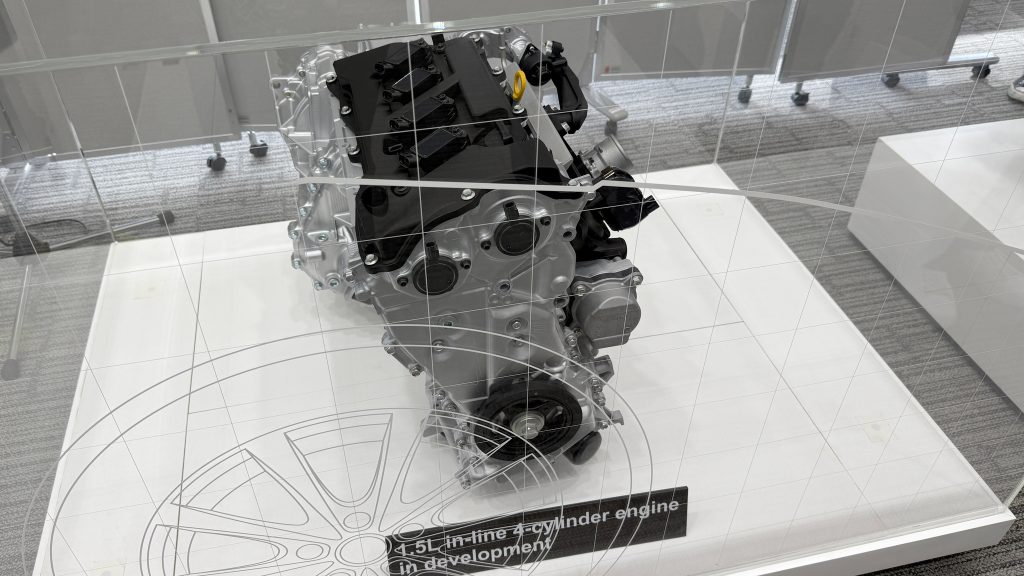

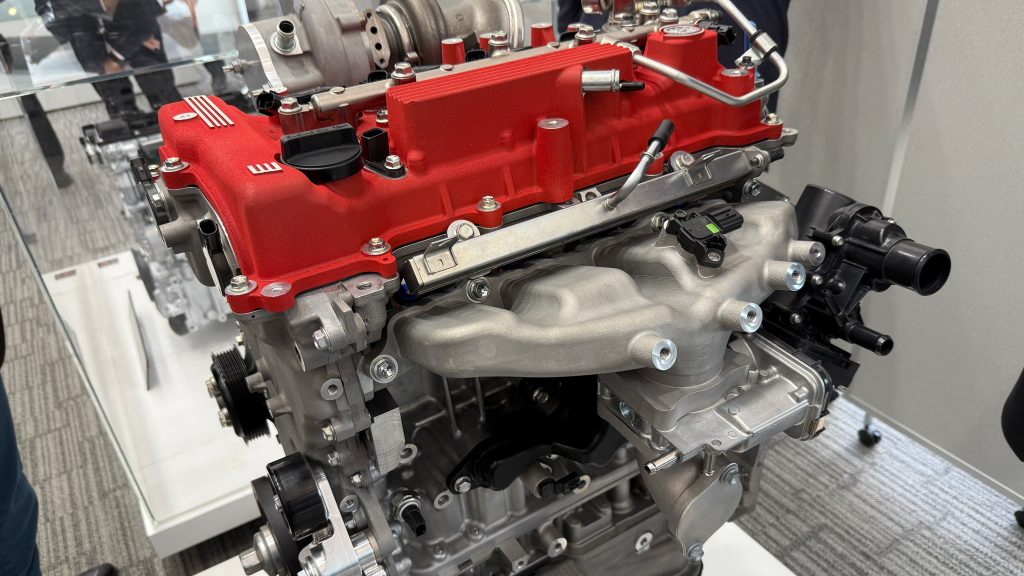

The implication is clear: maintaining the unique I-3 engine significantly increases cost and complexity, a philosophy that runs counter to Toyota’s current strategy of streamlining production. By switching to a new, shared 2.0-liter turbocharged four-cylinder engine, which can be easily tuned for different power outputs across various global markets, Toyota can achieve greater economies of scale while simultaneously delivering a significant performance upgrade. Image source
GR is Staying, But The Engine May Not Be
One thing is certain: Toyota’s Gazoo Racing performance division is not going anywhere. Toyota Chairman Akio Toyoda’s passion for performance ensures GR will remain a crucial pillar in the brand’s portfolio. The GR badge is set to appear on several new models in the coming years.
While it’s difficult to completely rule out the survival of the unique I-3, all signs from Toyota’s technical leadership point toward its eventual retirement.
The Bottom Line: We may lose the distinct character and unique sound of the triple-cylinder engine that made the current GR Corolla so special. However, the trade-off is undeniable: a next-generation GR Corolla with potentially 400 horsepower, a colossal jump that would cement its position as a performance powerhouse.
The big question that remains is whether the next performance model will continue as the beloved hatchback configuration or perhaps revert to a sedan. Enthusiasts everywhere are certainly hoping Toyota sticks to the hot-hatch formula with this radical, high-powered successor!
That’s a great approach! Writing in simple, clear language is key, especially when explaining technical topics like engines and car updates.
FAQs
What is the GR Corolla engine, and why is it special?
The GR Corolla is a powerful small car made by Toyota. Its engine is special because it uses only three cylinders instead of the usual four. It’s a tiny engine (1.6 liters) that makes a huge amount of power (300 horsepower), which is rare and makes the car unique.
Is Toyota getting rid of the GR Corolla?
No, the GR Corolla is staying! Toyota loves its high-performance cars. The company is only planning to change the engine inside the car for the next version, which will likely be even faster.
Why would Toyota change the GR Corolla’s engine?
They want to use an engine that is cheaper and easier to make. The current three-cylinder engine costs more because it needs special parts to stop it from shaking too much. A new four-cylinder engine would save money and be easier to build in large numbers.
What is the new engine in the next GR Corolla going to be?
The new engine will likely be a 2.0-liter turbocharged four-cylinder. It’s a little bigger and has an extra cylinder compared to the old one.
How much faster will the new GR Corolla be?
The current car has 300 horsepower. Toyota says the new engine can make up to 400 horsepower! That’s a huge jump and would make the next GR Corolla much quicker.
What does I-3 mean on a car engine?
“I-3” just means “Inline 3-cylinder.” “Inline” means the three cylinders are lined up in a straight row. “I-4” would mean “Inline 4-cylinder.”
What are the problems with three-cylinder engines?
The main problem is vibration (shaking). Because the parts inside don’t move in a perfectly balanced way, the engine naturally shakes more than a four-cylinder. Engineers have to add special parts and weights (dampers) to stop the shaking, and that adds cost.
What is the difference between a hybrid and a regular engine?
A regular engine uses only gasoline to move the car. A hybrid engine uses both a smaller gasoline engine and an electric battery/motor. Hybrids save a lot of gas because the electric motor helps the car start and move at slow speeds.
Is Toyota still going to make gasoline-powered cars?
Yes, for a long time. A top leader at Toyota said they believe they should keep making gasoline engines “until the very end.” They plan to look for ways to use cleaner fuels (like ethanol) in the future to keep these engines going.
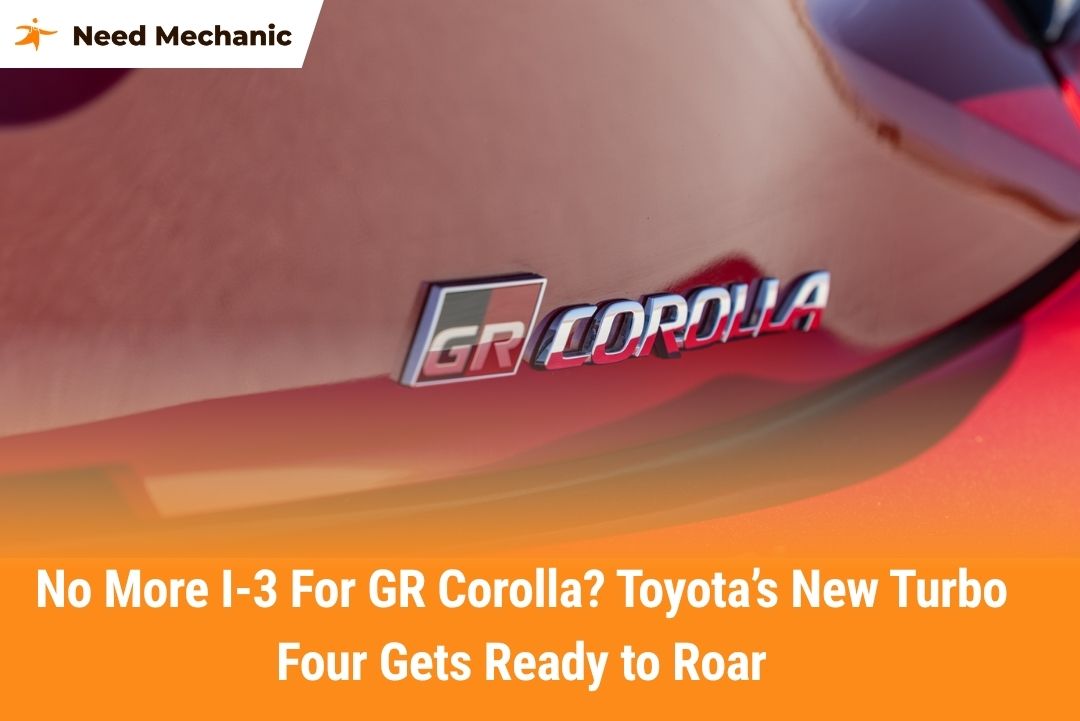



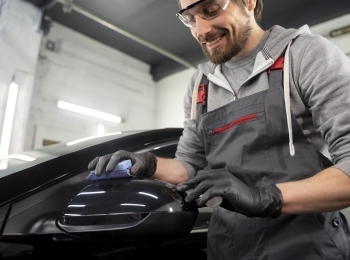



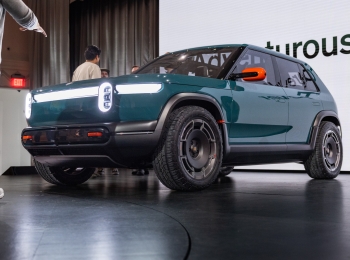



Leave a Reply